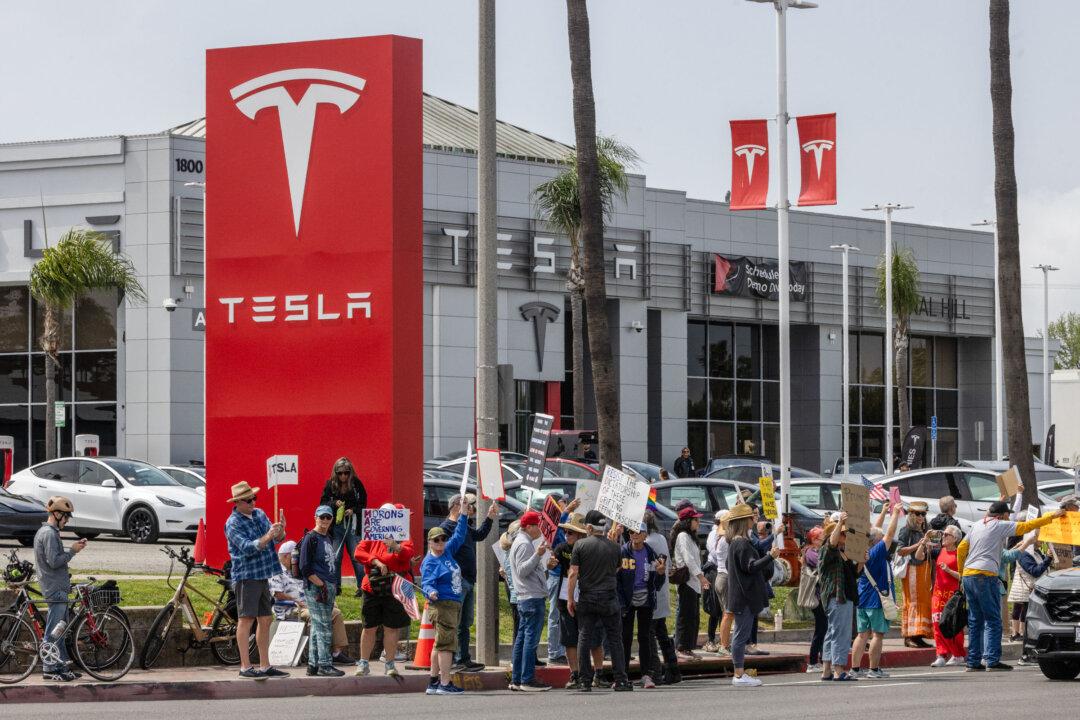For the first time ever, 3D-printed safety components have been installed in a commercial nuclear reactor, marking the latest advancement in 3D printing, also known as additive manufacturing, for nuclear power.
The components were brackets for a fuel assembly. The fuel assembly is a bundle of rods full of fissionable material that powers nuclear reactors.
The brackets were produced by scientists at the Oak Ridge National Laboratory (ORNL) in Oak Ridge, Tennessee. ORNL worked with the French nuclear fuel supplier Framatome, which produced the boiling water reactor fuel assembly for which the brackets were designed.
The Tennessee Valley Authority then installed the 3D-printed brackets at its Browns Ferry Nuclear Plant in Athens, Alabama.
“Additive manufacturing is a unique and impactful way to manufacture parts, offering significant long-term benefits for the nuclear energy industry and our customers,” John Strumpell, manager of North America Fuel R&D at Framatome, told The Epoch Times in an email. “It allows us to design, manufacture, and certify high precision parts faster and at a lower cost compared to traditional manufacturing methods while maintaining plant safety and reliability far into the future.”
In 3D printing, an object is created by adding layers of a material (thus the process is also called additive manufacturing) according to a computer-created design.
The new brackets come on the heels of other recent achievements in applying 3D printing to nuclear power.
Jacopo Buongiorno, a professor of nuclear science and engineering at the Massachusetts Institute of Technology, explained why 3D printing might be especially suited to nuclear power plants.
“Since the average age of the U.S. nuclear plants is high, procuring certain parts can be challenging, as some original suppliers are not around anymore,” Buongiorno wrote in an email to The Epoch Times. “3D printing helps to reproduce original equipment ‘in-house’ with high quality.
“3D printing a part might be cheaper than machining a part, again depending on design complexity.”
Strumpell echoed this view, saying, “The safety record of the nuclear energy industry is unmatched by any other energy source or industry.”
Asked whether 3D-printed components could create safety concerns, he noted that those parts were subject to the nuclear industry’s stringent regulations.
“As a reliable and carbon-free source of electricity that is available 24 hours a day, seven days a week, the nuclear energy industry has an important role in powering the clean energy future,” Strumpell said. “Innovations, including additive manufacturing, can help advance reactor technologies more efficiently and reliably, helping to achieve decarbonization much faster.”
Germany isn’t alone in moving away from nuclear power. Support for it has faltered across the West, due in part to the push for renewables.
The Byron plant in which Westinghouse installed its groundbreaking 3D-printed component is scheduled for closure in September. France has started to shut down nuclear plants as well, with the aim of reducing the amount of power it derives from that source to 50 percent by 2035.
For his part, Strumpell sees nuclear power and renewables as complementary rather than conflicting.
“Nuclear energy is a stable, baseload power source, making it an ideal solution to support renewable energy and storage technologies,” he said.





